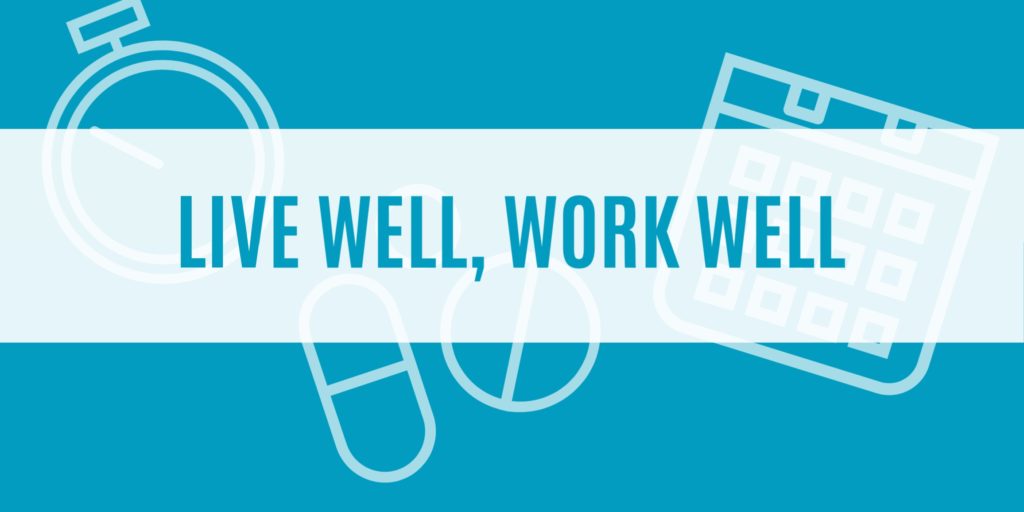14 Jul Some Draft Forms for 2020 ACA Reporting Released
On July 13, 2020, the Internal Revenue Service (IRS) released draft 2020 forms for reporting under Internal Revenue Code (Code) Section 6056.
2020 draft Forms 1094-C and 1095-C are draft versions of forms that will be used by applicable large employers (ALEs) to report under Section 6056, as well as for combined Section 6055 and 6056 reporting by ALEs who sponsor self-insured plans. Draft instructions for Forms 1094-C and 1095-C have not yet been released.14 Jul Remote Onboarding Checklist
This checklist outlines steps for employers to consider as they plan a remote onboarding process.
10 Jul Employment Practices Liability Insurance: Crucial for Small Businesses
 According to a recent study, more than half of all claims filed for employment-related liabilities are against employers with fewer than 50 employees.
According to a recent study, more than half of all claims filed for employment-related liabilities are against employers with fewer than 50 employees.
Alarmingly, the study also reveals that not even 2 percent of small businesses have employment practices liability (EPL) coverage.
07 Jul Addressing Bias in the Workplace
 Many employers seek the benefits of a diverse and inclusive workplace, but struggle to overcome challenges such as bias.
Many employers seek the benefits of a diverse and inclusive workplace, but struggle to overcome challenges such as bias.
While most leaders and most employees strive to make fair decisions and avoid unfair judgments, there exists the possibility that bias impacts some workplaces. Employers may be able to help mitigate bias in a number of ways, such as establishing a dialogue with employees, offering educational opportunities and evaluating current practices.
06 Jul HIPAA Compliance for Business Associates
Businesses that have access to protected health information (PHI) on behalf of a covered entity (for example, an employer’s group health plan) typically qualify as “business associates” under the HIPAA Privacy, Security and Breach Notification Rules (HIPAA Rules). If a covered entity uses a business associate, it must have a written business associate agreement with […]


 Even though the brain and the heart are located far from one another in the body, they are intrinsically connected and have a significant impact on how each other functions.
Even though the brain and the heart are located far from one another in the body, they are intrinsically connected and have a significant impact on how each other functions.